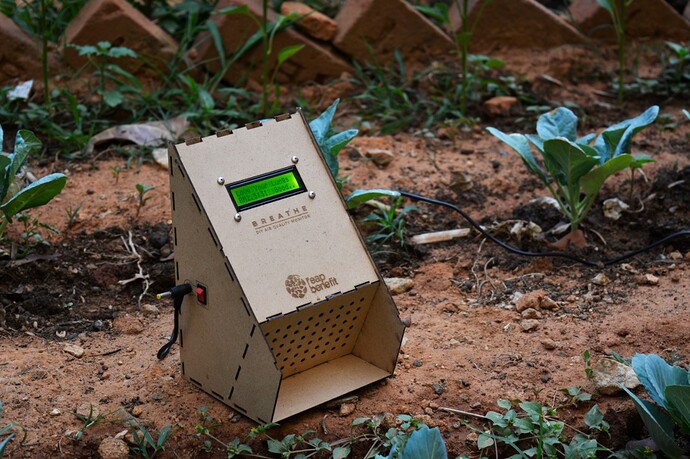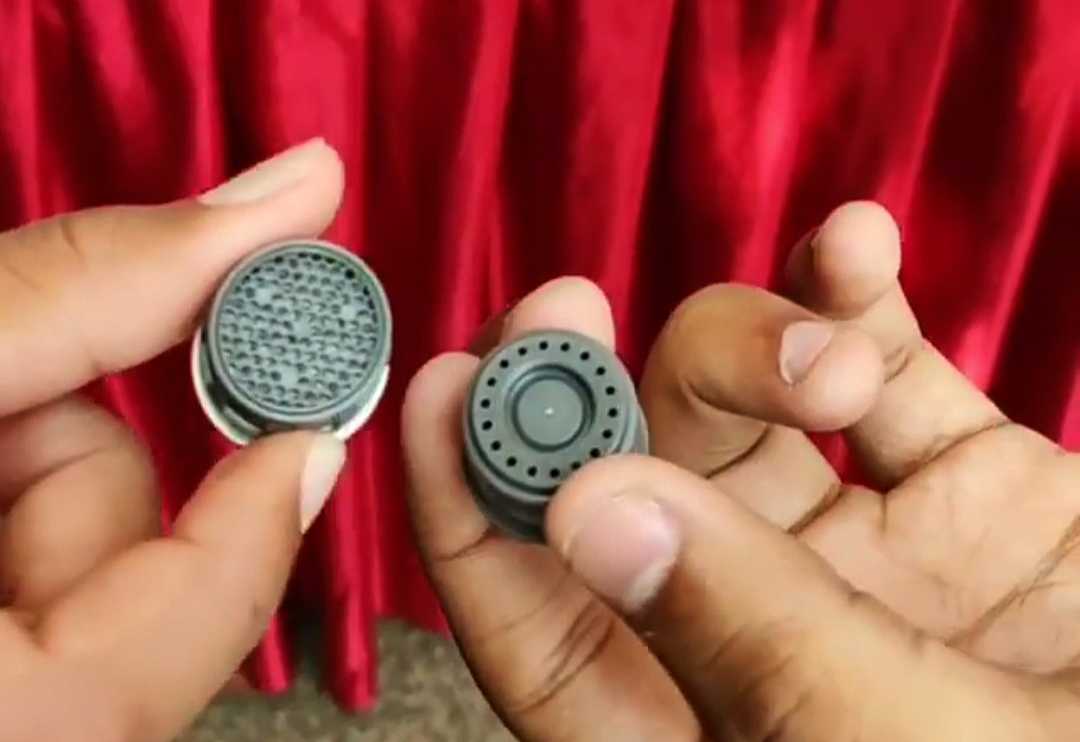When a team of Solve Ninjas aimed to combat air pollution, they pondered over measuring its impact. How could they gauge air quality effectively? Their exploration revealed costly, inaccessible air pollution measurement devices lacking consistent local data. In response, they developed ‘Breathe’: an adaptable DIY air quality monitoring (AQM) kit. Its use by DIY enthusiasts sparked impactful discoveries, like Taaniya Shankar’s revelation about indoor plants and air quality. Additionally, deploying AQMs during Diwali highlighted hazardous particulate matter spikes. Understanding firecrackers’ dire contribution to pollution, alternatives were proposed, urging a shift towards eco-friendliness.
A few questions popped in their minds: How might we better understand the impact of our actions on air quality? How do we measure air pollution? The steps below address these questions:
Background: After exploring various air pollution measurement devices, we discovered they were largely costly and inaccessible to the general public. Moreover, there was an absence of consistently gathered local data for continuous analysis and prediction of air quality trends.
Taaniya aimed to assess her indoor air purifying plants’ impact. Could plants like aloe vera or sansevieria genuinely reduce airborne particulate matter? Using affordable yet reliable sensors from Breathe, she monitored air quality with and without these plants. Her findings revealed a notable decrease in PM2.5 values when the plants were present. Armed with compelling evidence, she advocated for air-purifying indoor plants, encouraging her neighbours to adopt them for healthier home environments.
“We installed 8 AQMs in Bengaluru and 2 in Chennai in the week starting from October 26th, continuing till November 11th—the week when Diwali festivities are at an all time high, and a lot of roadside bursting of crackers takes place.” — Taaniya
Insights collected from AQM installations:
- There is a spike in PM2.5 values between 5 pm and 10 pm, reaching up to 5 times the average values.
- Firecrackers burst on the streets noticeably increasing particulate matter pollution indoors.
- Although PM2.5 values return to average levels (within the permissible range of up to 35 μg/m³), the 5-hour period of elevated PM2.5 is extremely hazardous. For every 10 μg/m³ increase in short-term PM2.5 exposure, there could be a 2.8% rise in PM-related mortality.
- Delhi’s firecracker burst of about 5 million kg generated around 150 tonnes of particulate matter, roughly 4 times the amount produced by industries over 5 days.
More details from the installations in Chennai can be read here: Here is how two neighbourhoods in Adyar measured their Air Quality Index - The Hindu
The ramifications of firecrackers on particulate matter are staggering:
- Every kilogram of burst firecrackers results in the release of 30 grams of particulate matter into the air.
- With a colossal burst of 5 million kilograms in Delhi, a staggering 150 tonnes of particulate matter was unleashed into the atmosphere. This quantity stands at 4 times the PM emitted by industries over a day.
Here are some alternatives to bursting firecrackers on any occasion:
- Opt for reducing the bursting of firecrackers altogether.
- Consider eco-friendly crackers that offer the same enchanting light and sound effects but with significantly lower particulate emissions.
- Illuminate your celebration with lamps, candles, and LED fairy lights.
- Cherish quality moments with your family and friends, making the occasion memorable without the noise and pollution of firecrackers.
Curious about how your local air quality will change this year? Contact us to know what you can do to monitor air quality in your neighbourhoods.

